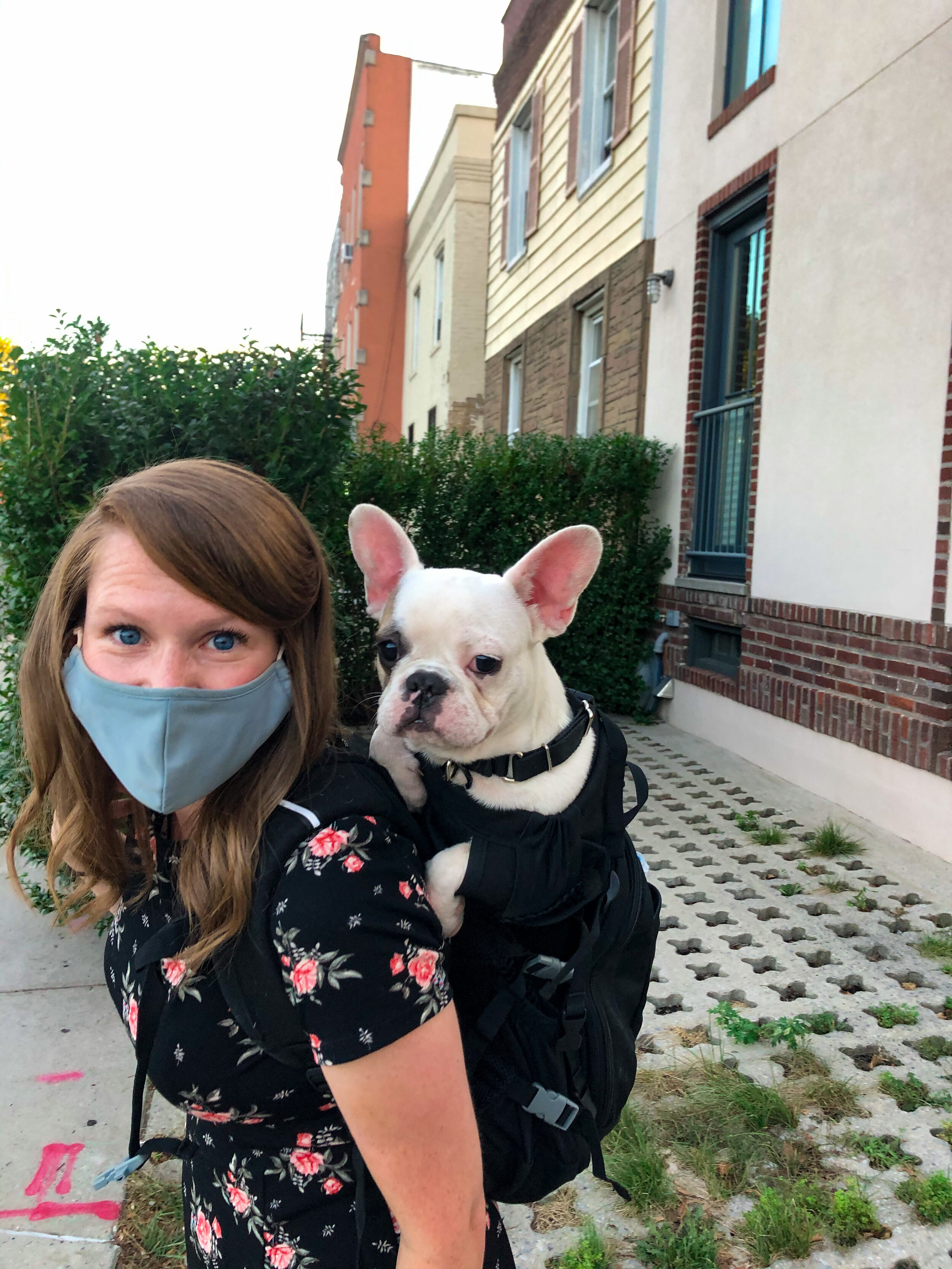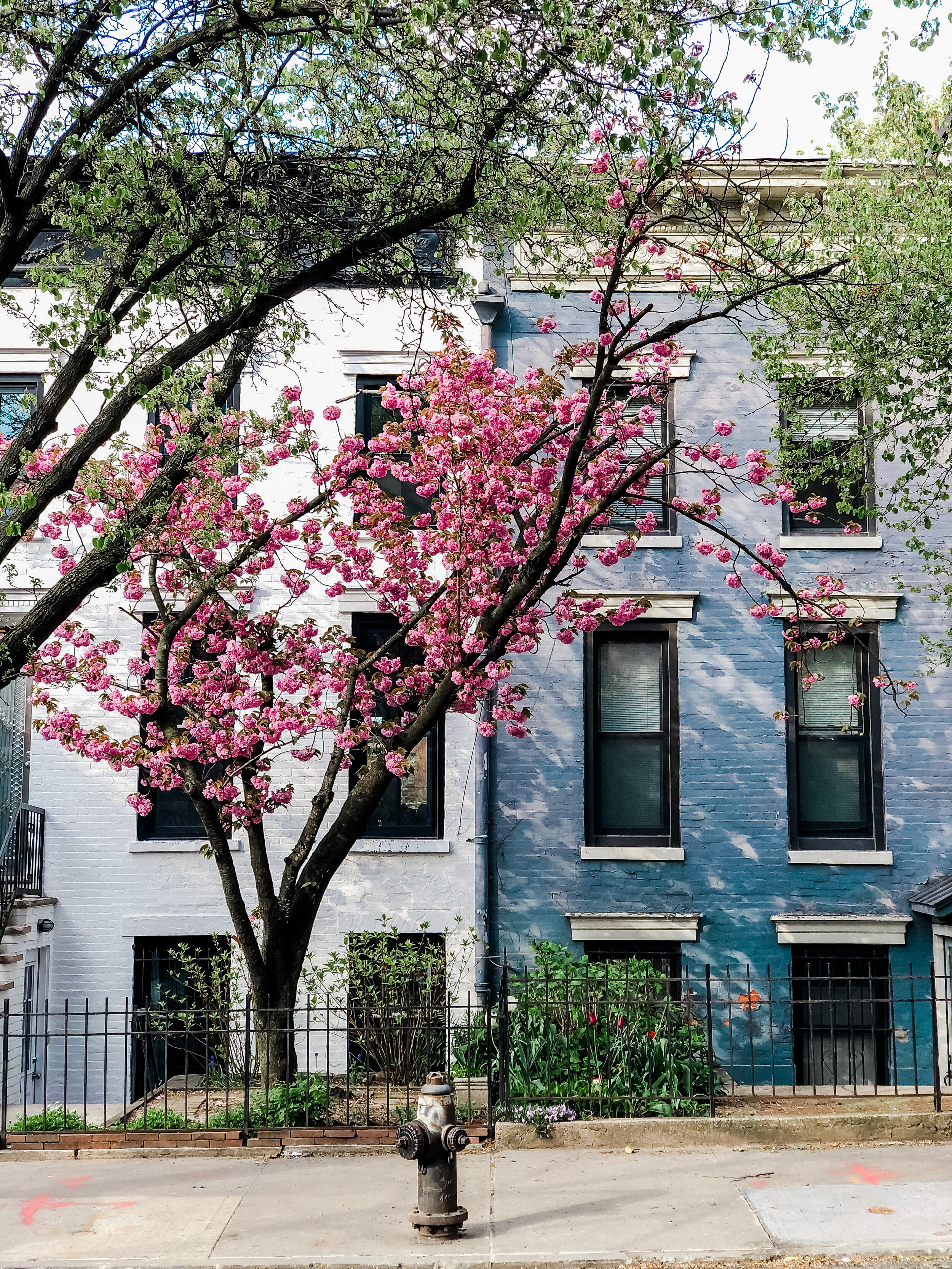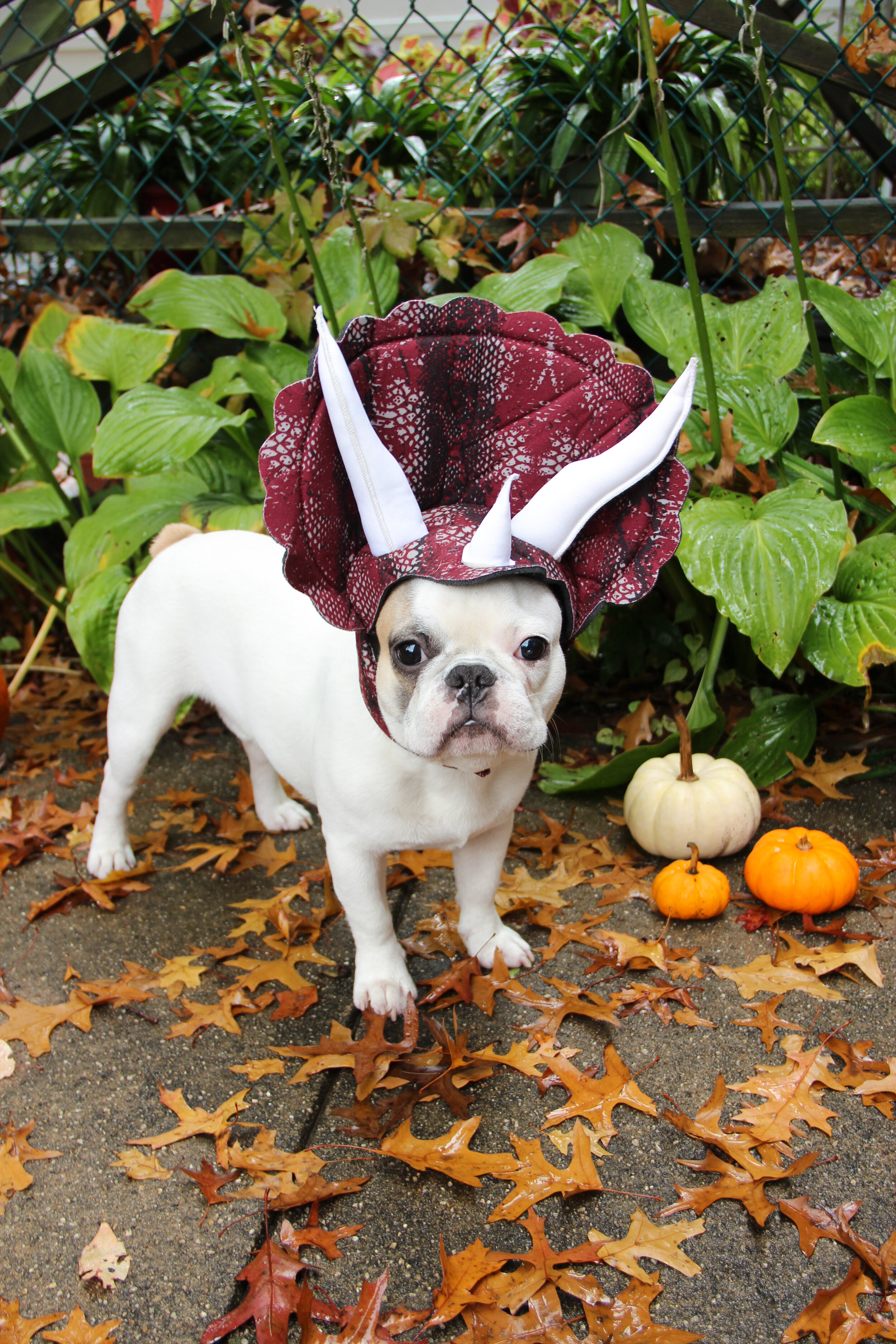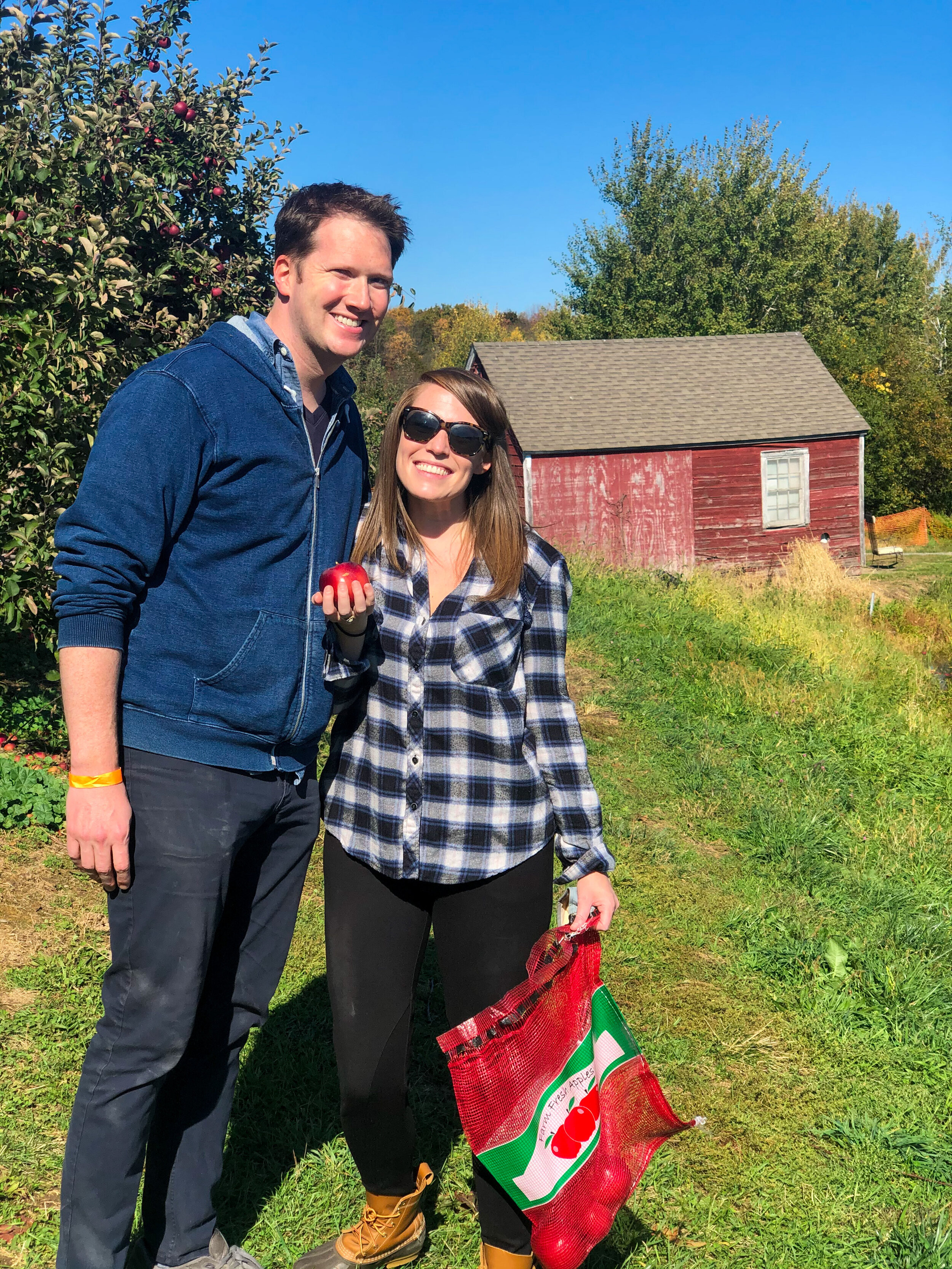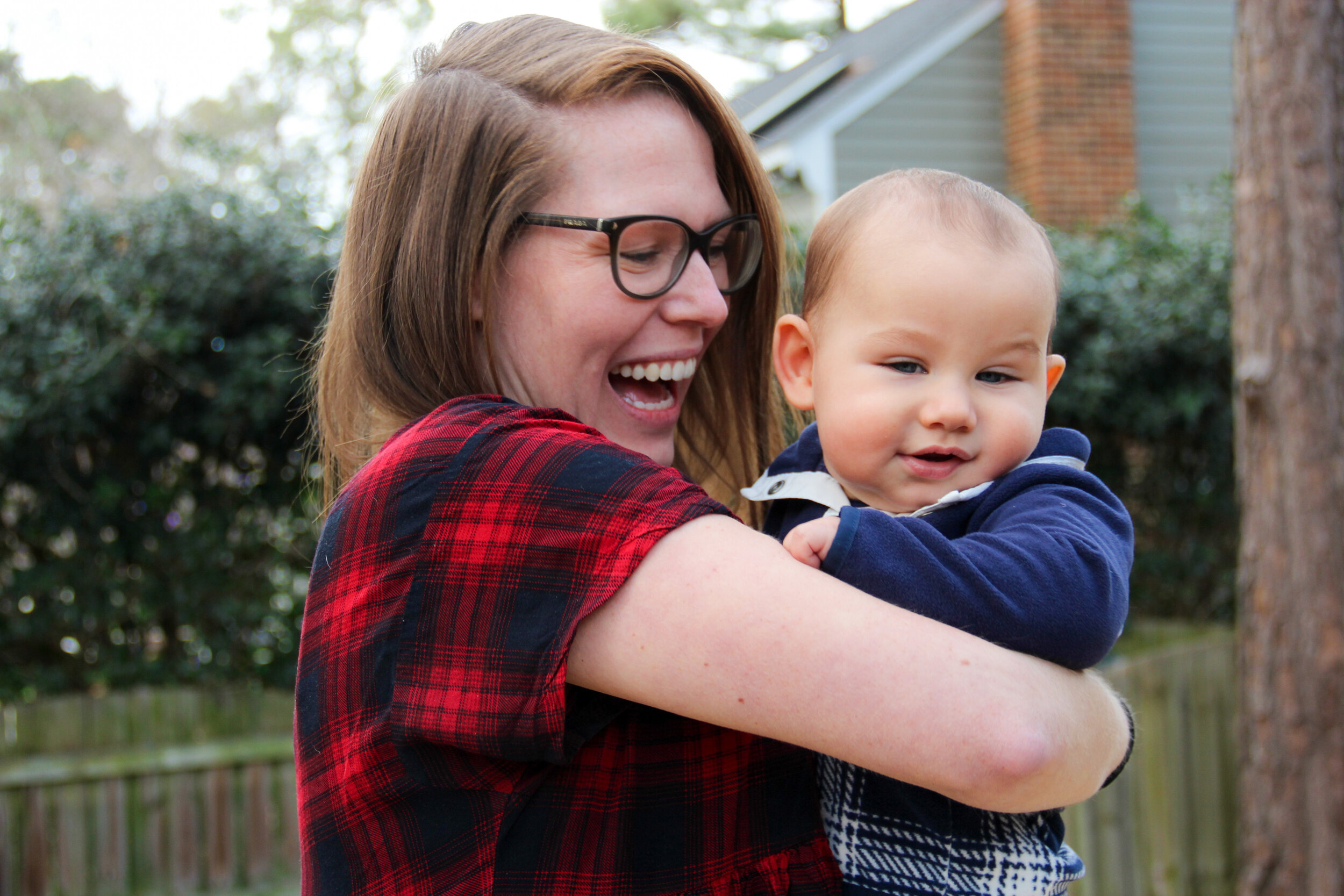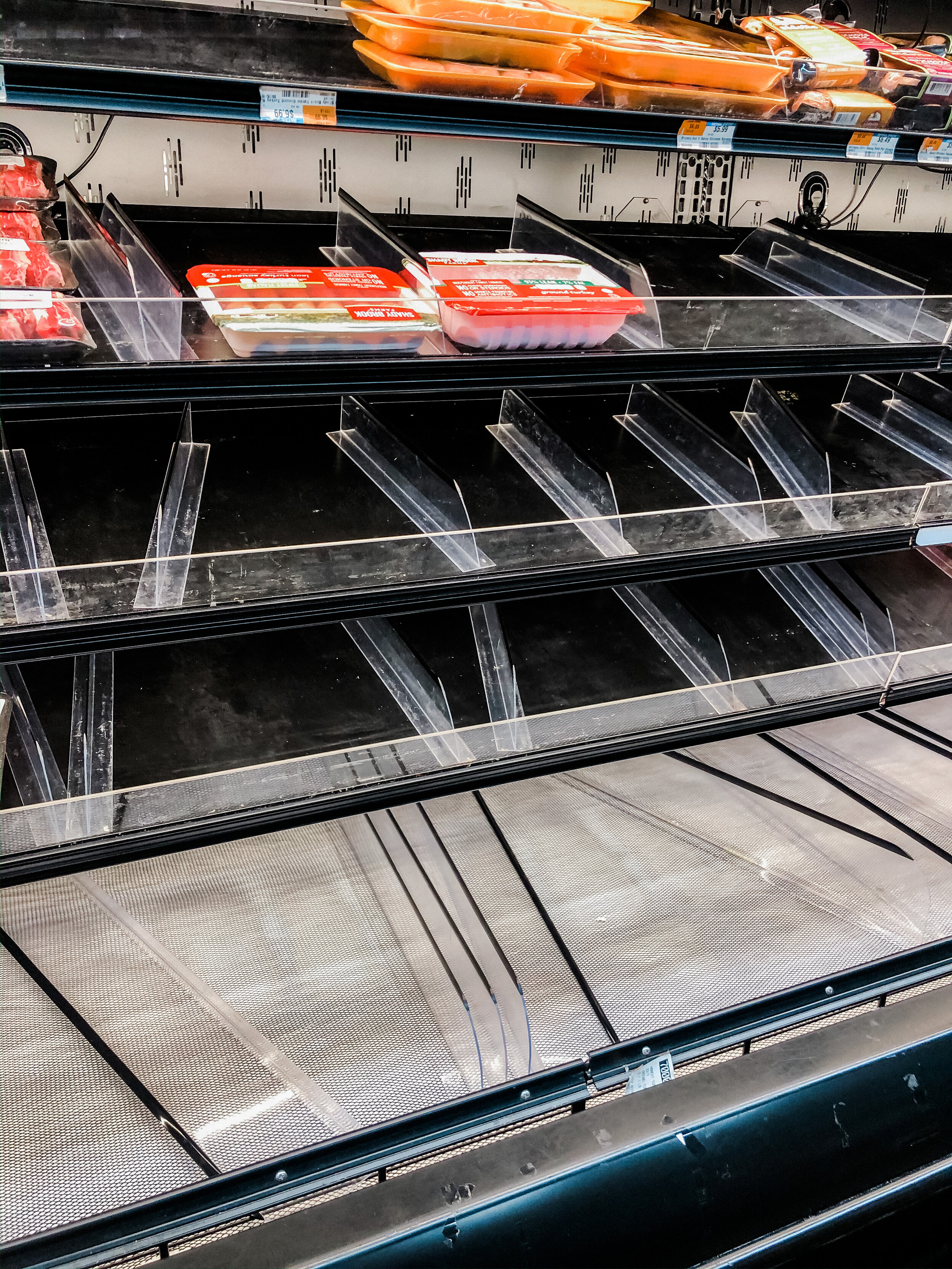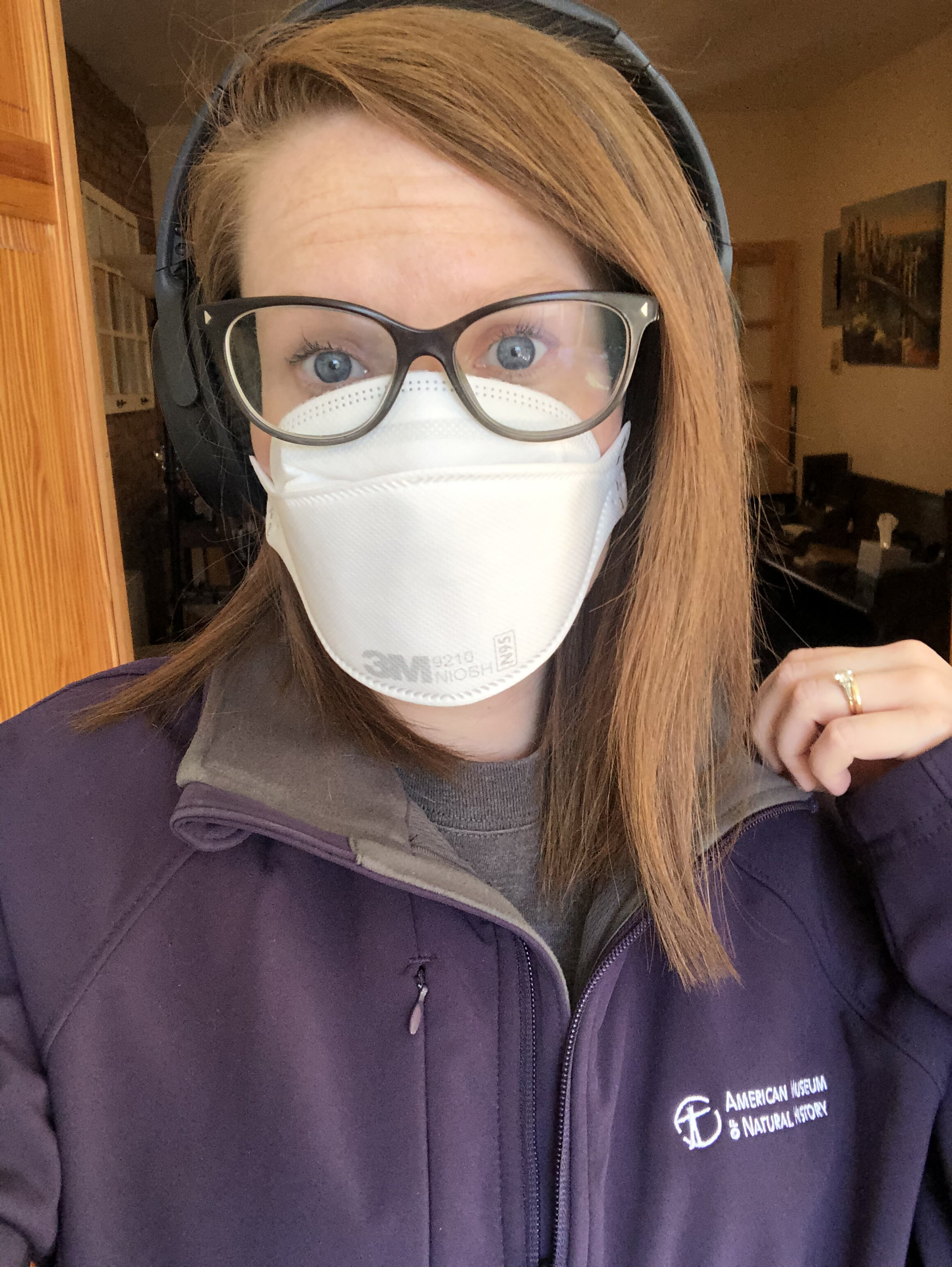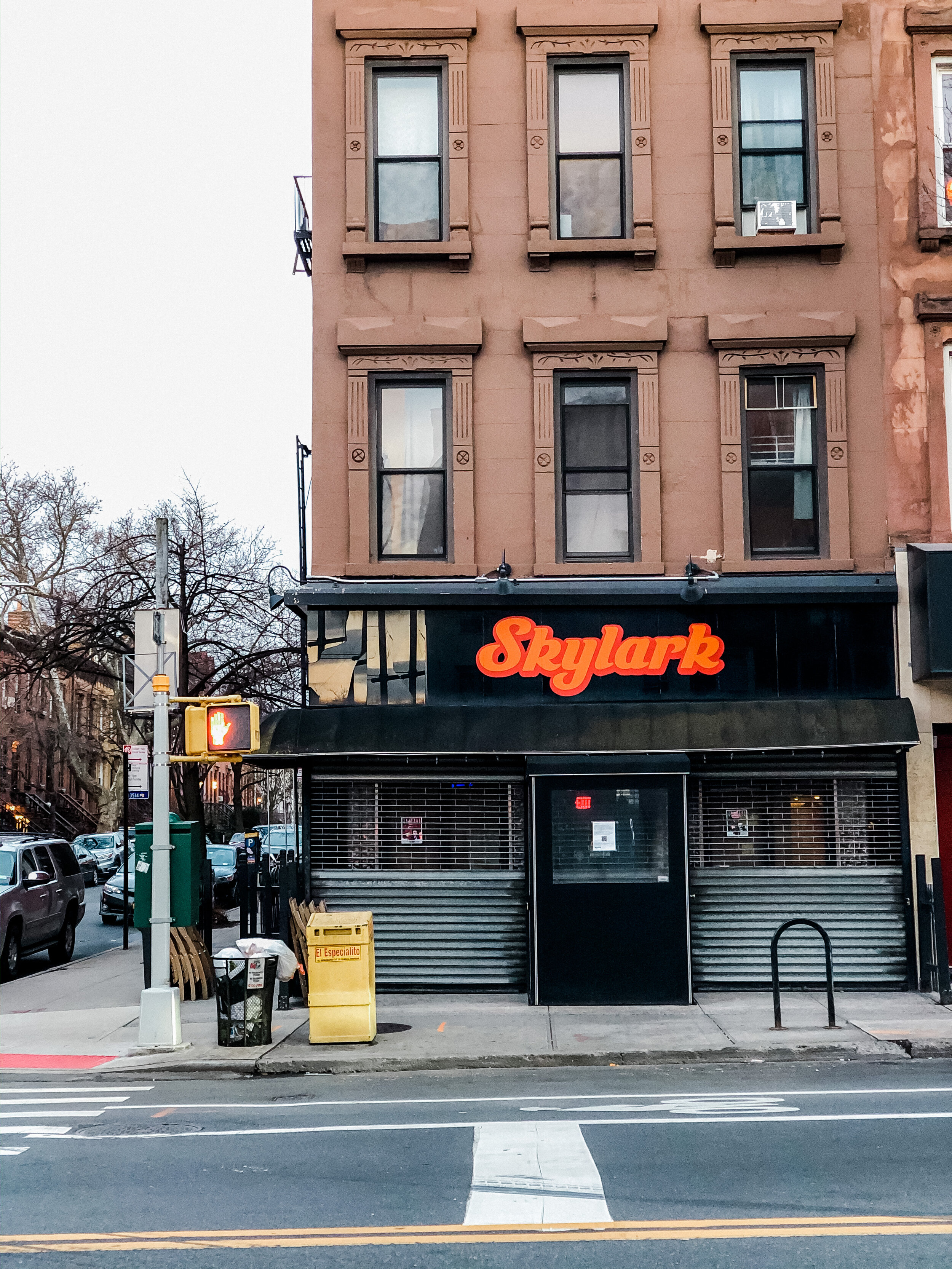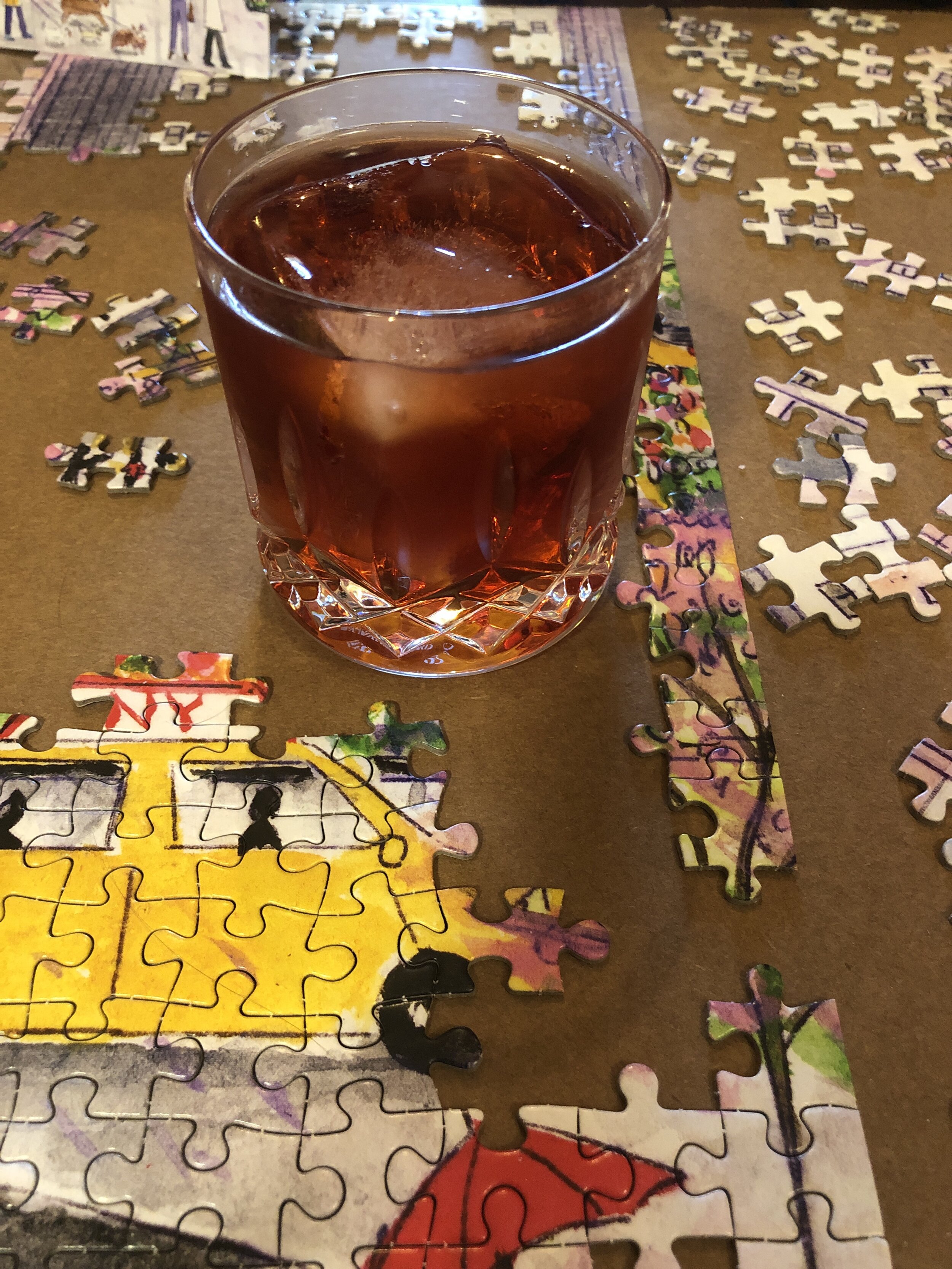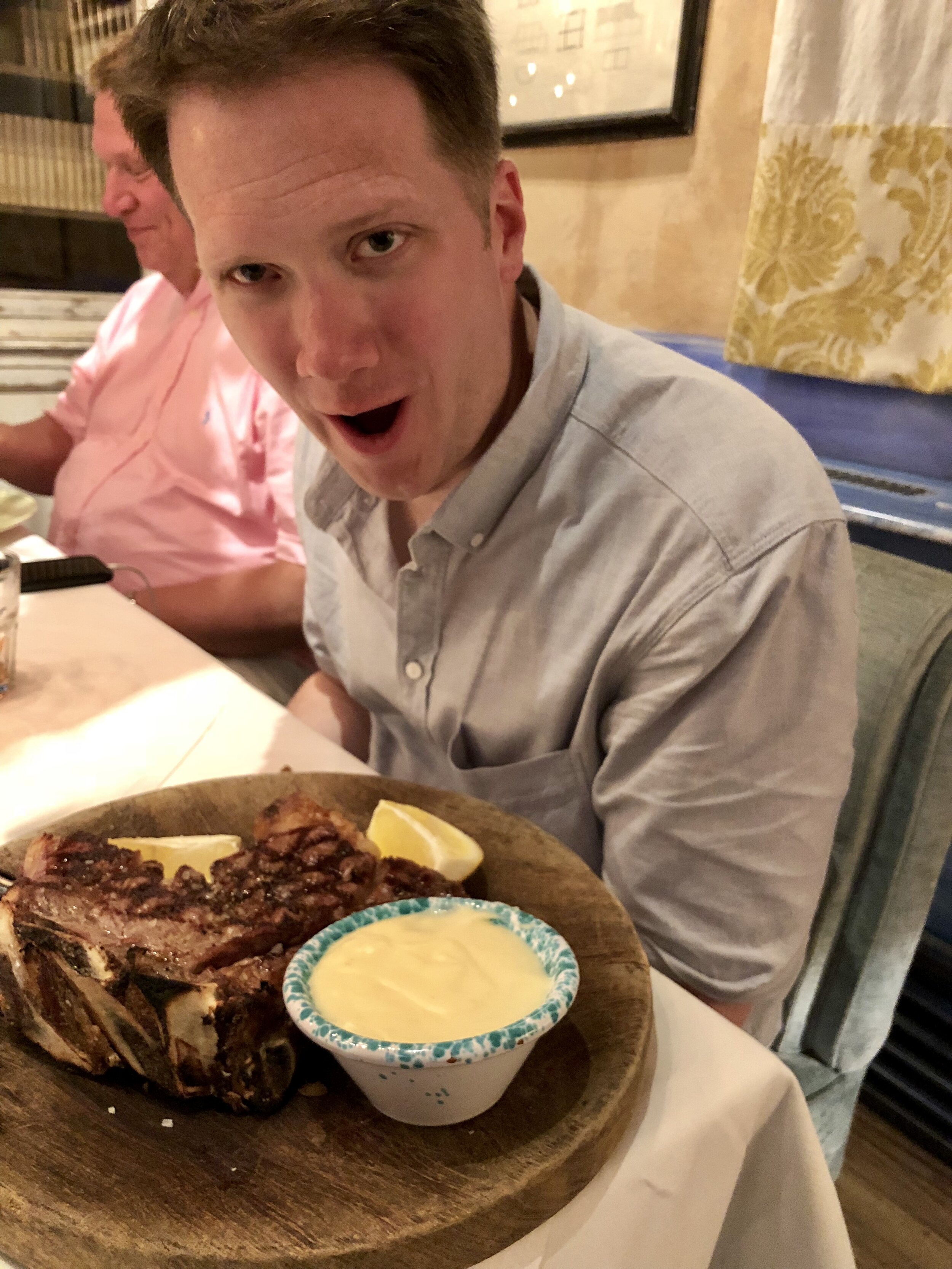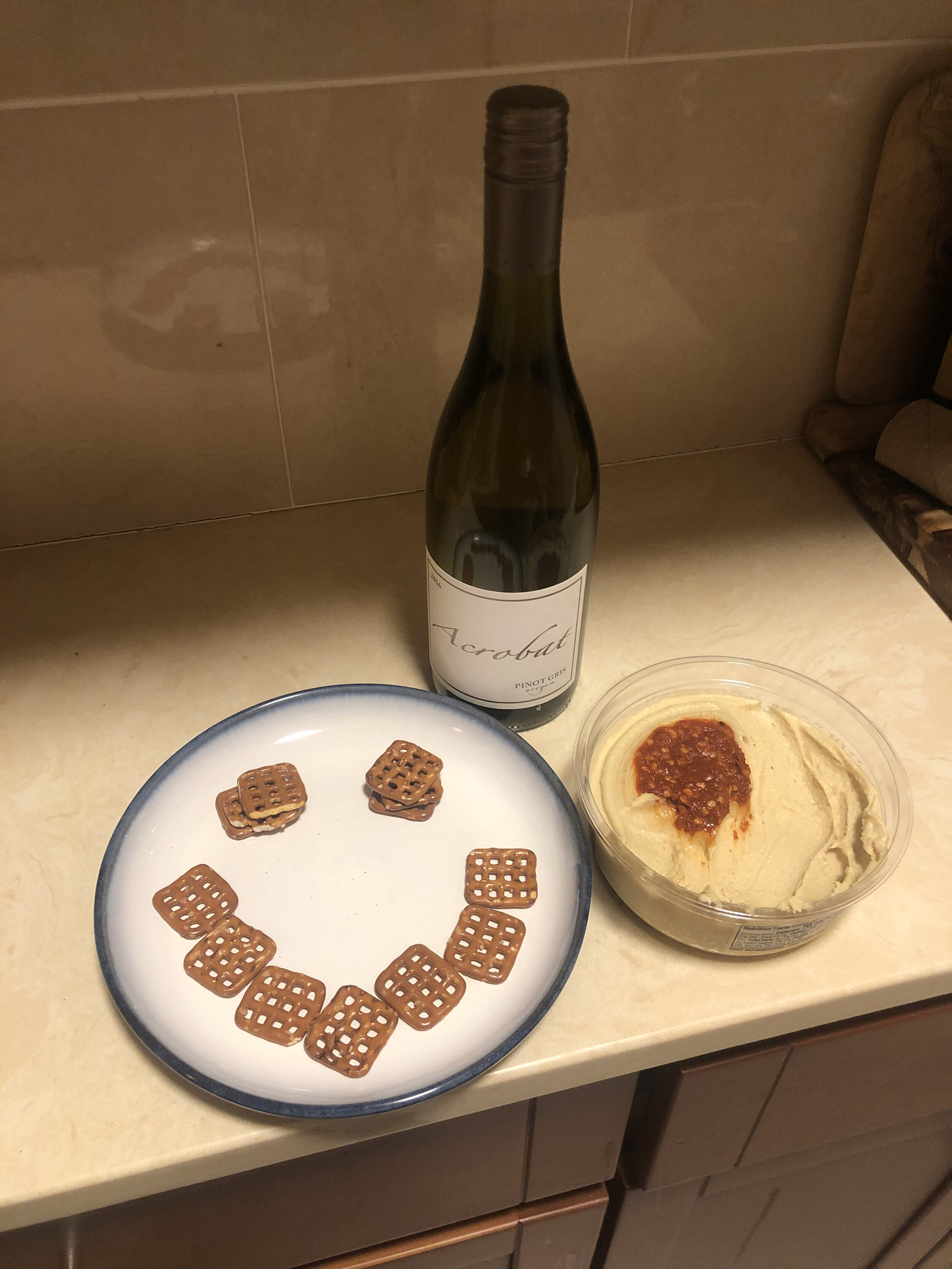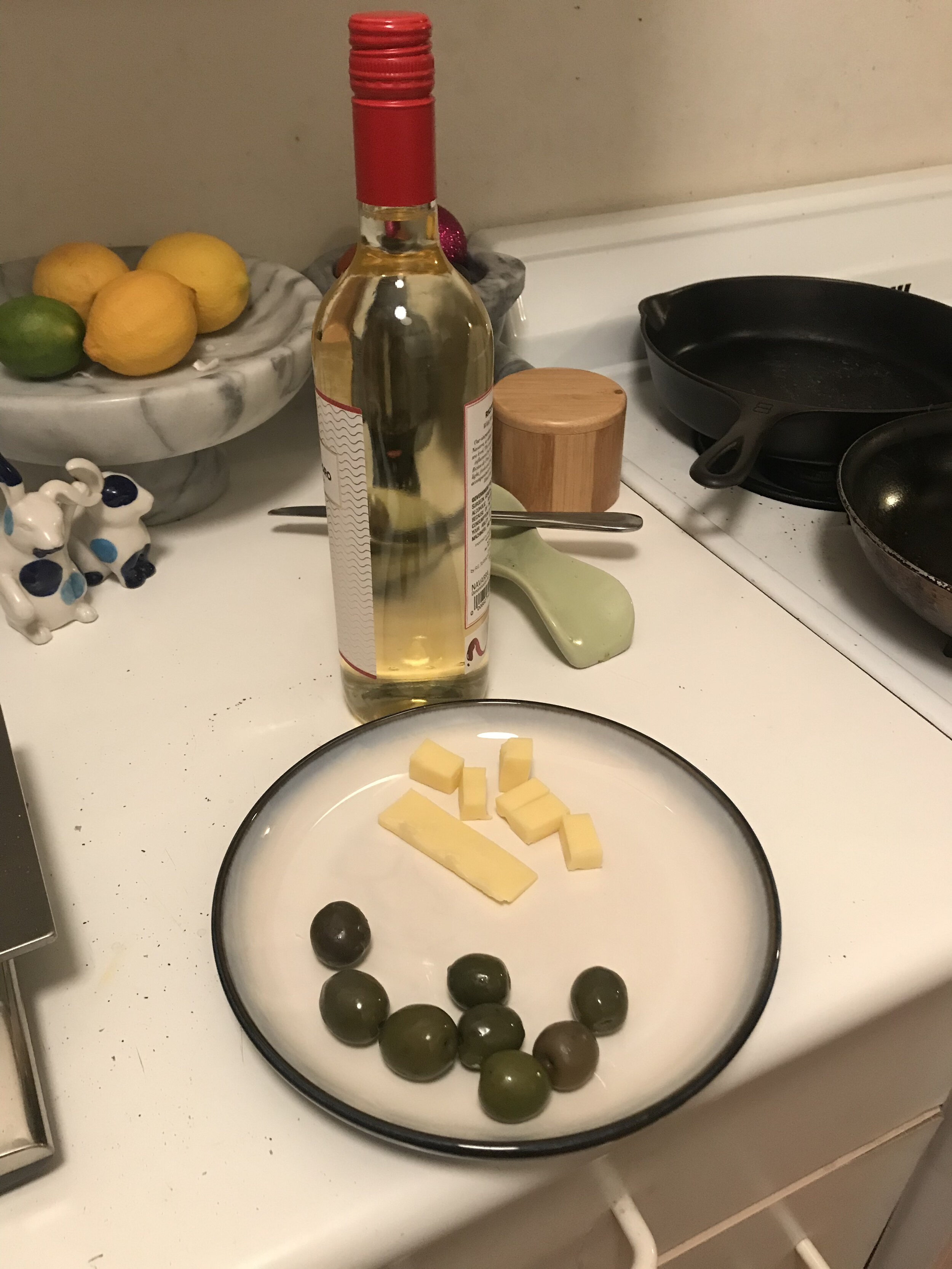I slip on a floral dress and sandals.
It’s mid-May, and for the first time in a long time, I’m “going out.” COVID-19 is still silently slithering around the city, attacking at random. But I’m fully vaccinated, and the weather is warm with a pre-summer chill still in the evening air. It’s time to step into world and do one of my favorite things: share drinks and swap stories with friends.
I grab my gray face mask and walk to the train.
Swoosh.
I descend into the belly of Brooklyn, my dress blowing up as the mysterious winds of the subway swirl around me. I pull down the floral fabric, pull out my MetroCard, and put on my mask.
Tap, tap, tap.
I quickly remember the choreography of refilling my card at one of the machines near the turnstile. I think about how there’s nothing worse that standing behind someone who can’t work the machines at rush hour when your train is about to arrive—a frustration I don’t miss and haven’t felt in over a year.
Clank, clank, clank, clank.
The train is a-coming: I hop down the stairs prepared to jump into a car’s open door. But alas! This is not my train. I slow to a stroll and find a place at the end of the platform, away from most of the crowd. My husband always syncs up where he’ll stand on the platform to where the exit is at the station he’s disembarking. I appreciate the strategy. But most of the time? You’ll see me at the end of platform, away from the gum chewers, and boom boxes, and “showtime, showtime.” On the subway, I’m the opposite of myself in real life—I do not want to be where the people are. After nearly 11 years of underground hijinks, I rest in the rear.
Clank, clank, clank, clank.
Ah, there she blows. The doors to the D train open. I’m hit with a gust of cold wind as I walk into the car; this is a promising sign that there will be minimal odors. Great news for me. I plop into a plastic orange seat and listen to the end of a podcast as we fly through the tunnels of New York.
Ra RA ra ra raaaa!
I’m at the West 4th Station in Manhattan. As I exit the train, a group of Hare Krishna devotees enters it, dressed in their classic orange garb. One plays a trumpet in an upbeat rhythm. I pull off my headphones and notice the ping of finger cymbals as we pass each other.
Bap-bap-bap-bap, bap-bap-bap-bap.
I walk to the rhythm of a snare drum, played by someone standing on the sloping path up toward the exit of the subway station. It seems like all of us do. The beat keeps the crowd moving toward their destination. Walking with a purpose is another feeling I haven’t experienced in almost a year. I stroll around Brooklyn almost daily, and sometimes quite fast. But I never have anywhere to go, except in an endless loop that always leads to home.
Honk! Hoooonk!
The taxis on 7th Ave talk to each other and I walk slightly uptown toward the restaurant. I don’t even notice that blaring sound anymore—but I do today because it feels novel. There’s also a beautiful noise in the background. I can’t quite place it at first. It sounds like what fireflies look like in summertime: there’s a pulsing, glowing energy.
It’s the sound of chatter.
The entirety of the West Village seems to be filled with it! People with all different accents are talking, laughing, whispering, and clinking glasses. There’s the sound of a water glass being filled. A cocktail shaker jumps into the chorus. Someone scrapes their chair across a wooden floor, making a perfect bass beat.
It’s a symphony!
A symphony.
It’s the most beautiful symphony I’ve ever heard. There’s so much joy in their air, I’m almost overwhelmed. Chills creep up my arm as I slowly turn my head in all directions, standing on the corner of West 10th and 7th.
My heart is beating so fast that I hear in my ears, adding to the city’s chaotic rhythm. But it’s not panic. A jolt of adrenaline rushes though me—I want to dance! Or cry? Instead, I just laugh. I laugh and walk toward the restaurant.
I see my friends waving at me. There are squeals as we embrace, adding to that magical symphony that is now bleeding into the background of the evening. It will be forgotten in a few moments, as we order drinks and share our tales from a year full of oddities.
But I heard it. I heard it for the first time in so long.
That tangible beat of the city on a warm night.
That electricity you can almost taste.
That buzz of people colliding.
It beats on.
“New York has an energy that takes root inside of you. . . . [T]he mysteriously human element about this place can make you fall in love and break your heart at the same time.”








